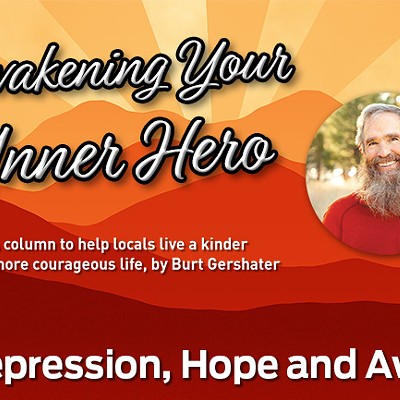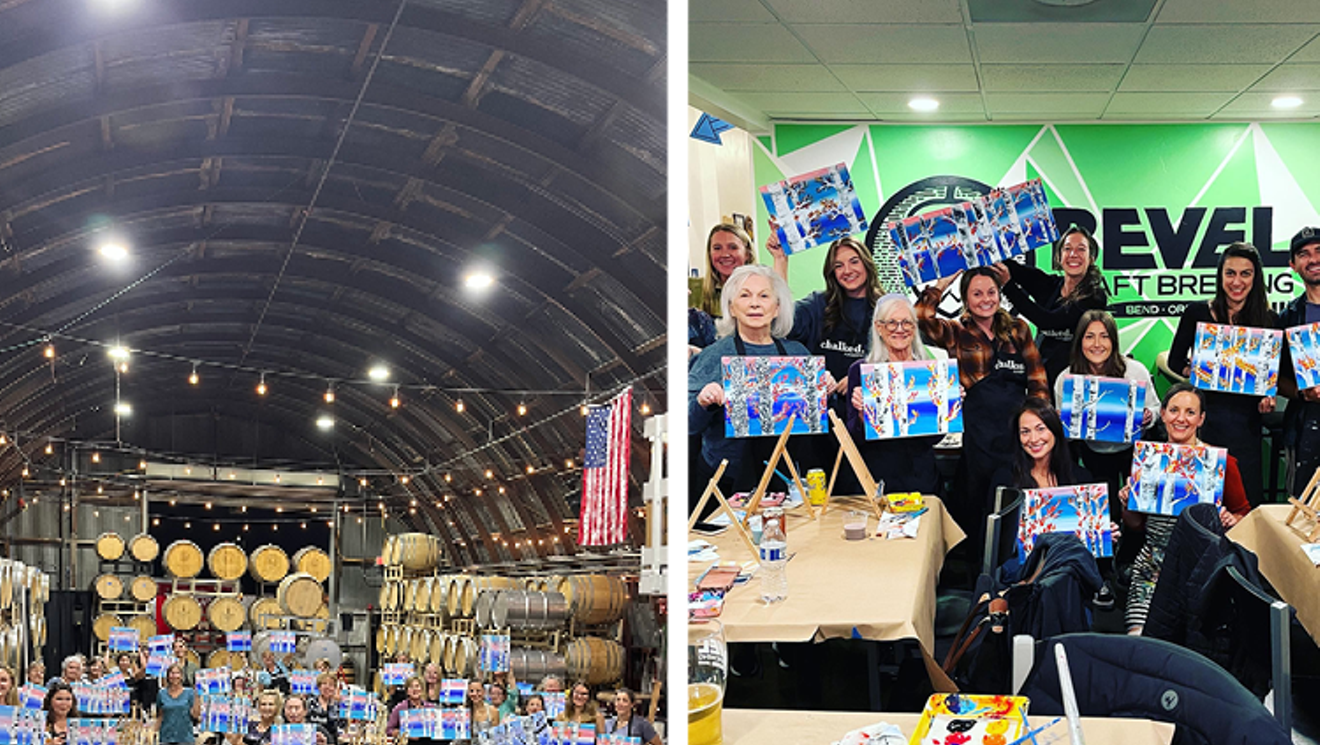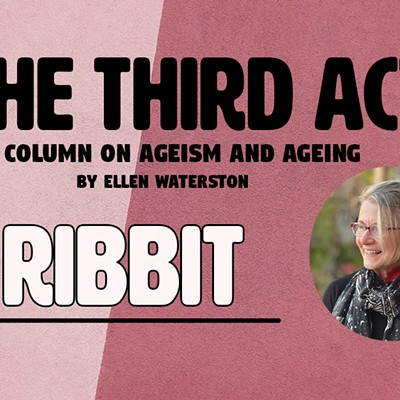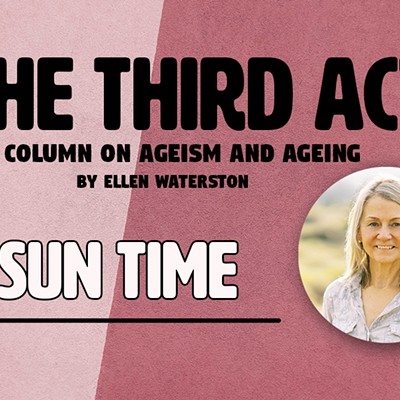Sometimes something happens out of the blue that restores your belief everything is right with the world. Moments like these are precious. I recently had one: a friend emailed, instructing me to drop everything, grab my skates, there's black ice at Todd Lake!
I come by my love of black ice honestly. During the winters in New England where I grew up, there was lots of sledding and, of course, skiing thanks to Rube Goldberg-esque rope tows on every small hill. But best of all, there were always early winter cold snaps that froze ponds and lakes solid, creating what's called black (some call it blue) ice, the result of a magical confluence of unique conditions: "No wind. No snow. No moving water. A slow freeze," as Carrie Tait writes in Toronto's "Globe and Mail." Here's her scientific explanation of the black ice phenomenon just to up the awe ante. "All ice crystals have six sides, grow from the top down, and bond to their neighbors to form a sheet," explains Tait. "Black ice forms when the crystals grow perpendicular to the surface and parallel to each other...These crystals will be the same size and shape, like a new set of dinner candles perfectly packaged and standing on end. When ice crystals grow vertically and bond perfectly, light passes through without distorting." That glistening chandelier is what's holding you up when you skate on black ice!
It's not just the perfection of moving across such an immaculate surface, not just the ability to see to the bottom of a pond or get lost in the inscrutable dark-eyed beauty of a deeper lake, it's also the songs the ice sings. Sweden's Henrik Trygg has recorded the haunting range of sounds triggered by the weight of skaters gliding across the surface of virgin black ice, a high C reverberation on thinner ice, lower for thicker, like tracing the edge of a full and empty crystal glass with your finger. Then there are the more typical loud moans and thunderclaps caused by the expansion and contraction of ice as temperatures change.
If by now you're ready to join the ranks of the black-ice-crazed wild (naturally occurring) ice brigade, take some precautions. Don't go alone. If you're 65 or older, wear a helmet. Head injuries at this late date are not advised (or at any date, for that matter.) Make sure the ice is 3 inches to 4 inches thick. Black ice is the strongest. White opaque ice, compromised by snow fall and melting and freezing cycles, is weaker. "Thick and blue, tried and true, white and crispy, way too risky," as the old saw goes.
As a kid, I'd watch my mother glide across a sable Lake Cochichewick in Massachusetts wearing her ancient toe curl skates. She would gracefully execute her school figures on a single edge...a figure eight, a three turn, one leg extended gracefully. I'd skitter behind with double runners strapped to my snow boots or, more likely, lie on my stomach and stare down at the mysterious aquatic world beneath me. Fast forward decades to winters ranching along the Yellowstone River in Montana, miles of dark glass solid under my skates; next, in Oregon, far-flung neighbors gathering for crack-the-whip on Prineville Reservoir; then, the winter Summer Lake froze with smooth, black sections snaking between ghoulish ice confections pushed up and freeze-framed by the wind; and of course, the times Todd Lake turned into a frozen mirror, reflecting the cradling steep slopes and trees. In "Too Cold to Snow," a delightful and spirited memoir of growing up in Bend in the 1950s, author Sue Fountain chronicles the frigid winter days that reliably preceded the heavy snows. Troy Field would be flooded, according to Fountain, and young and old would gather to skate.
Who could have imagined then Todd Lake's black ice, or any wild ice anywhere, would now be such a rarity. But it is, as the recent United Nations Climate Change Conference underscored with plentiful evidence — we're skating on thinner and thinner ice.
After getting word of Todd Lake's black ice, I excitedly readied for an early morning departure, packing the car with skates, helmet and an old wooden kitchen chair to use getting skates on and off, and to push in front of me on the ice as I gained stability, a tried-and-true, if indecorous, workaround. But that night it snowed, then a sudden rise in temperatures, then rain. Todd Lake's black ice was gone in an instant. Sometimes something happens out of the blue to remind you of your stake in helping right the world.
























